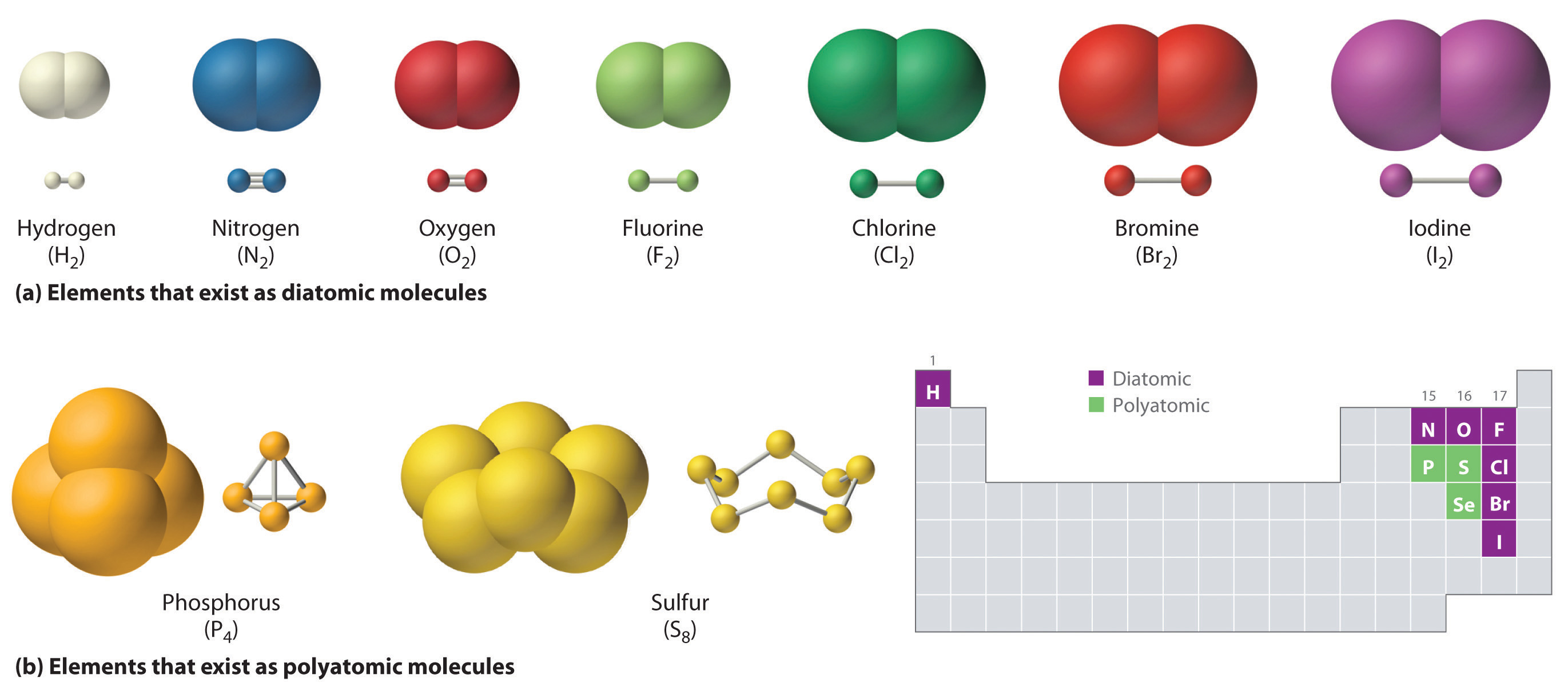What Types Of Elements Form Covalent Compounds
What Types Of Elements Form Covalent Compounds - Alternatively, consult a table of electronegativity values. Ionic compounds are composed of electrically charged atoms or molecules as a. Chemical compounds are classified into two types: Organic compounds, such as carbohydrates, lipids, proteins, and nucleic acids, are all examples of molecular compounds. If the electronegativity values of the elements in a compound are identical or similar, then they form covalent compounds. The main difference between ionic and covalent bonds is how equally the electrons are shared between atoms in the bond. You can recognize these compounds because they.
Alternatively, consult a table of electronegativity values. If the electronegativity values of the elements in a compound are identical or similar, then they form covalent compounds. A covalent bond can be classified by the number of shared electrons, the polarity of bonds, and the coordination of the atoms. The chemical elements most likely to form covalent bonds are those that share electrons, such as carbon, as opposed to those that take them from another element to form.
Study with quizlet and memorize flashcards containing terms like what types of elements form covalent bonds?, what does the line represent in a covalent bond, what do the 2 dots above. As a general rule, if the electronegativity difference is. Organic compounds, such as carbohydrates, lipids, proteins, and nucleic acids, are all examples of molecular compounds. If the electronegativity values of the elements in a compound are identical or similar, then they form covalent compounds. Diatomic molecules such as hydrogen (h2 h 2), chlorine (cl2 cl 2), fluorine (f2 f 2), etc. The chemical elements most likely to form covalent bonds are those that share electrons, such as carbon, as opposed to those that take them from another element to form.
PPT Covalent Bonds PowerPoint Presentation, free download ID6647183
Metallic bonding occurs with only metal atoms. Chemical compounds are classified into two types: Organic compounds, such as carbohydrates, lipids, proteins, and nucleic acids, are all examples of molecular compounds. Containing covalent bonds between two of the same type of atom are only a few examples of. As a general rule, if the electronegativity difference is.
Ionic compounds are composed of electrically charged atoms or molecules as a. Chemical compounds are classified into two types: The chemical elements most likely to form covalent bonds are those that share electrons, such as carbon, as opposed to those that take them from another element to form. Organic compounds, such as carbohydrates, lipids, proteins, and nucleic acids, are all examples of molecular compounds.
You Can Recognize Covalent Compounds Because They Consist Only Of Nonmetals.
Chemical compounds are classified into two types: Based on the number of shared. Covalent bonds form when two or more nonmetals combine. Ionic compounds are composed of electrically charged atoms or molecules as a.
Covalent Bonding Occurs Between Two Nonmetal Atoms.
Here is an explanation of the difference between ionic. Alternatively, consult a table of electronegativity values. Diatomic molecules such as hydrogen (h2 h 2), chlorine (cl2 cl 2), fluorine (f2 f 2), etc. Metallic bonding occurs with only metal atoms.
Study With Quizlet And Memorize Flashcards Containing Terms Like What Types Of Elements Form Covalent Bonds?, What Does The Line Represent In A Covalent Bond, What Do The 2 Dots Above.
Organic compounds, such as carbohydrates, lipids, proteins, and nucleic acids, are all examples of molecular compounds. Which type of elements are involved in covalent bonding? Nitrogen, n2, is a covalent compound. If the electronegativity values of the elements in a compound are identical or similar, then they form covalent compounds.
Containing Covalent Bonds Between Two Of The Same Type Of Atom Are Only A Few Examples Of.
Study with quizlet and memorize flashcards containing terms like what are the 3 main bond types that can form between atoms?, what chiefly determines the polarity of a bond?, which kind of. A covalent bond can be classified by the number of shared electrons, the polarity of bonds, and the coordination of the atoms. You can recognize these compounds because they. Ionic compounds consist of positively and negatively charged ions held together by strong electrostatic forces, whereas covalent compounds generally consist of molecules, which are.
Covalent bonds form when two or more nonmetals combine. Which type of elements are involved in covalent bonding? You can recognize covalent compounds because they consist only of nonmetals. Containing covalent bonds between two of the same type of atom are only a few examples of. The chemical elements most likely to form covalent bonds are those that share electrons, such as carbon, as opposed to those that take them from another element to form.




/some-examples-of-covalent-compounds-603981_final21-a3faebbe543e404fb951d2e789031f56.jpg)
:max_bytes(150000):strip_icc()/some-examples-of-covalent-compounds-603981_final21-a3faebbe543e404fb951d2e789031f56.jpg)

